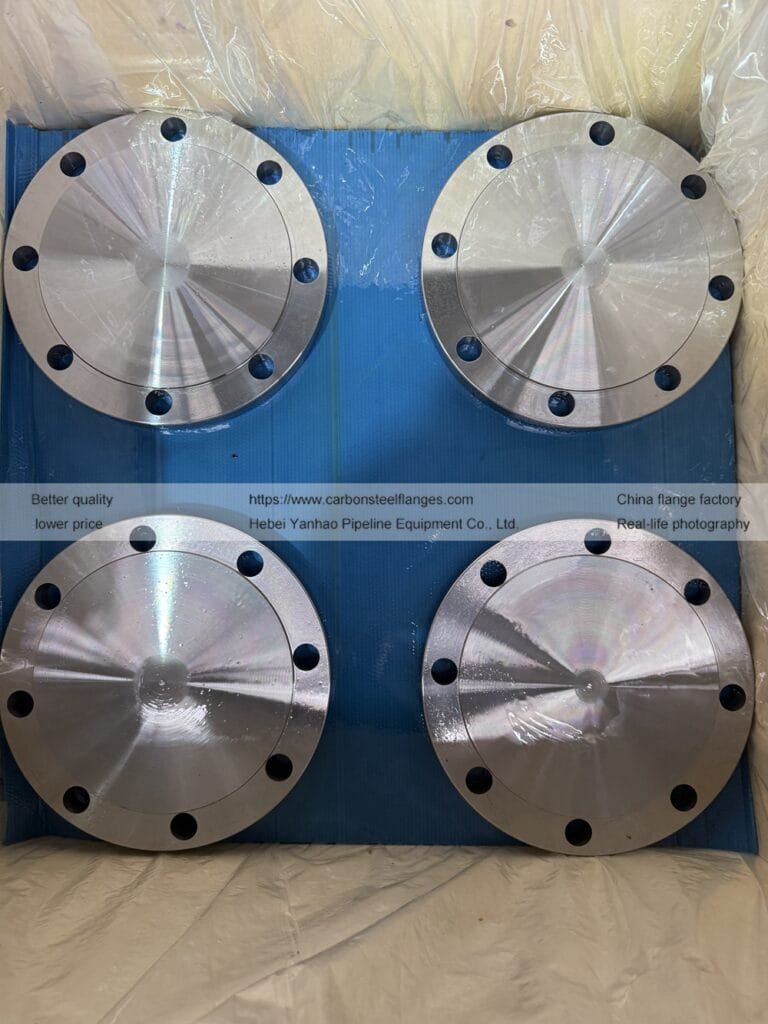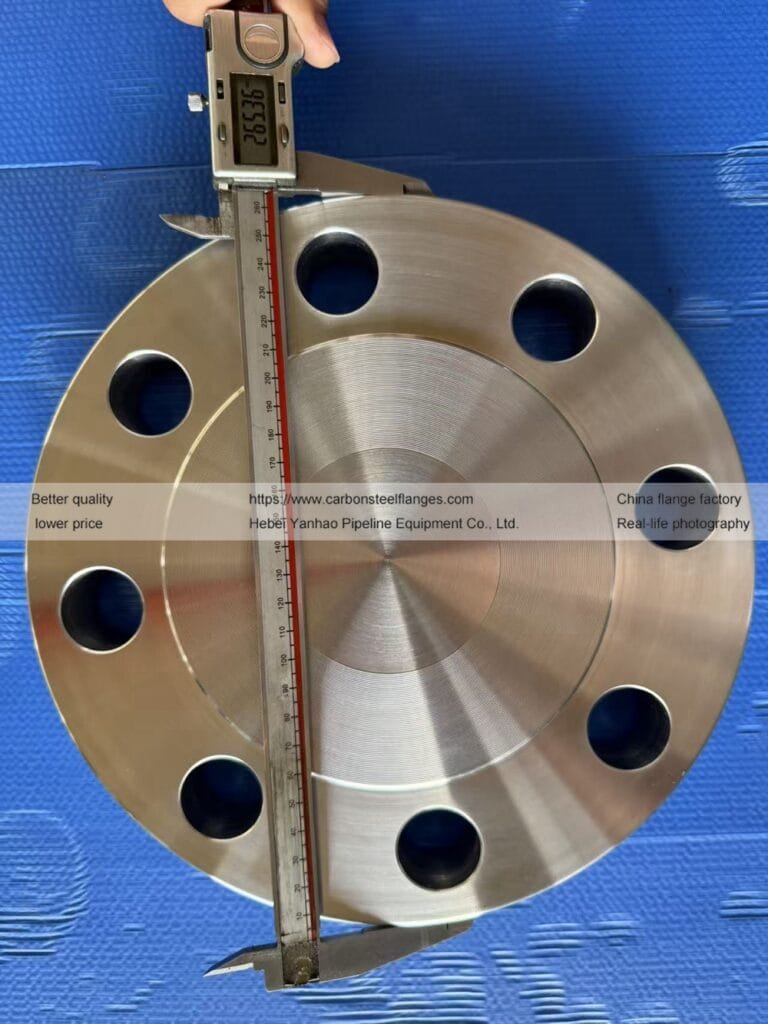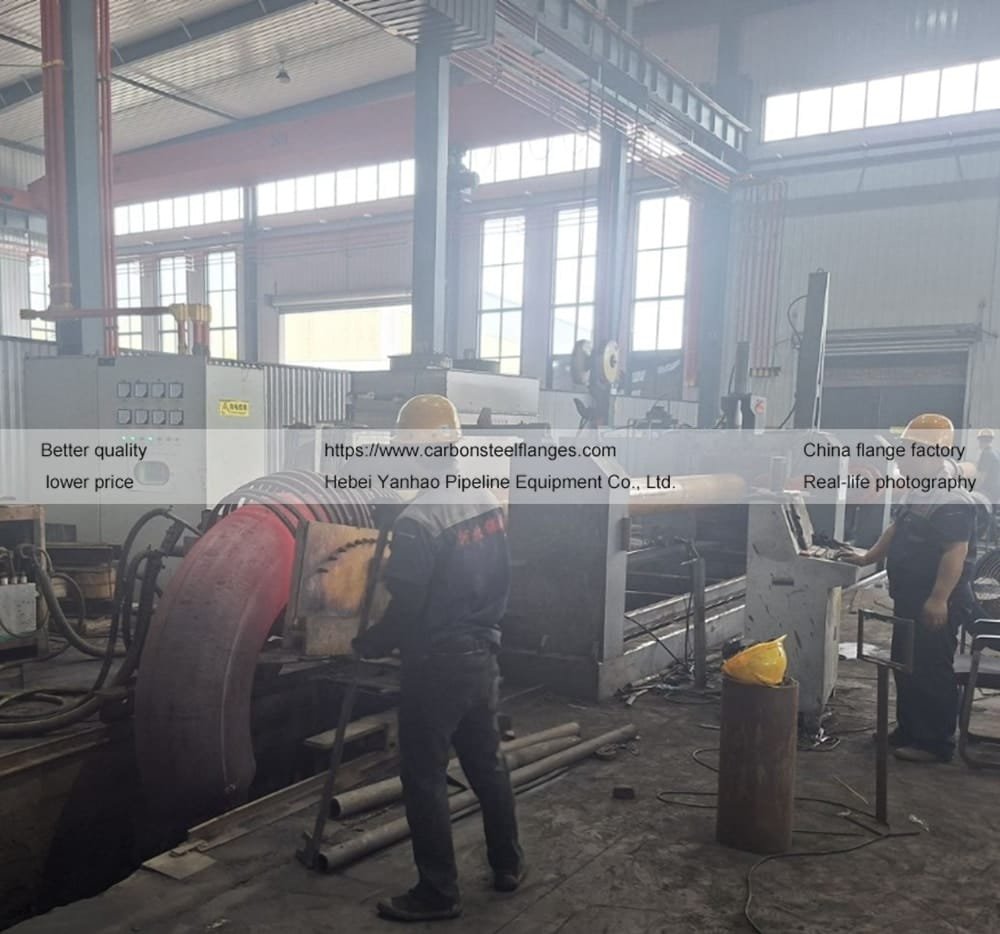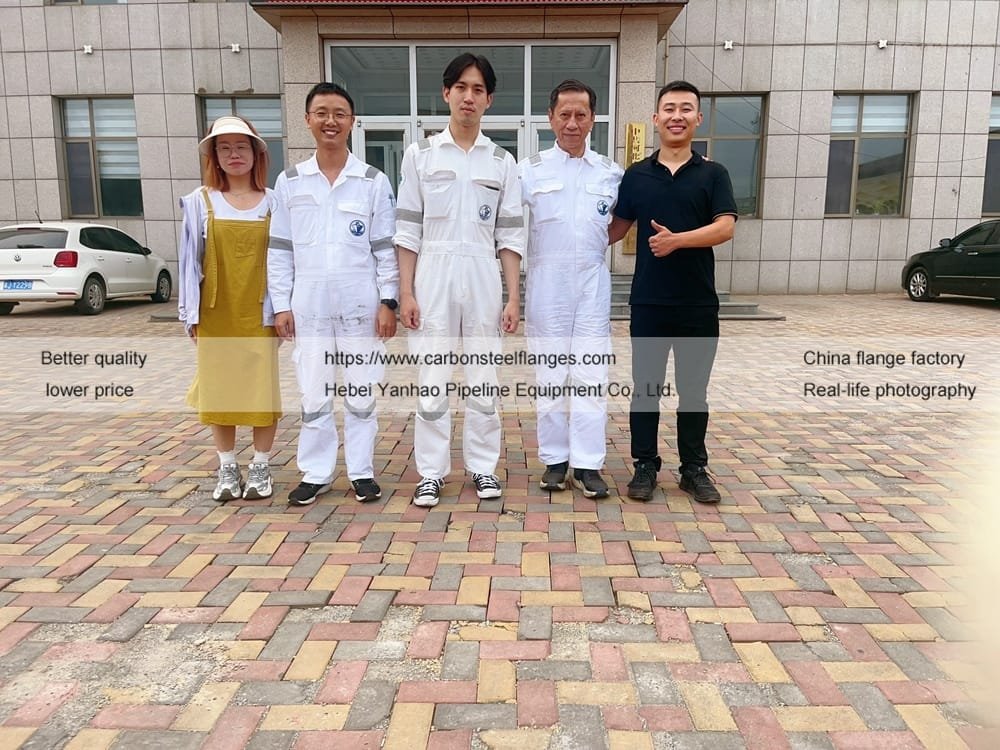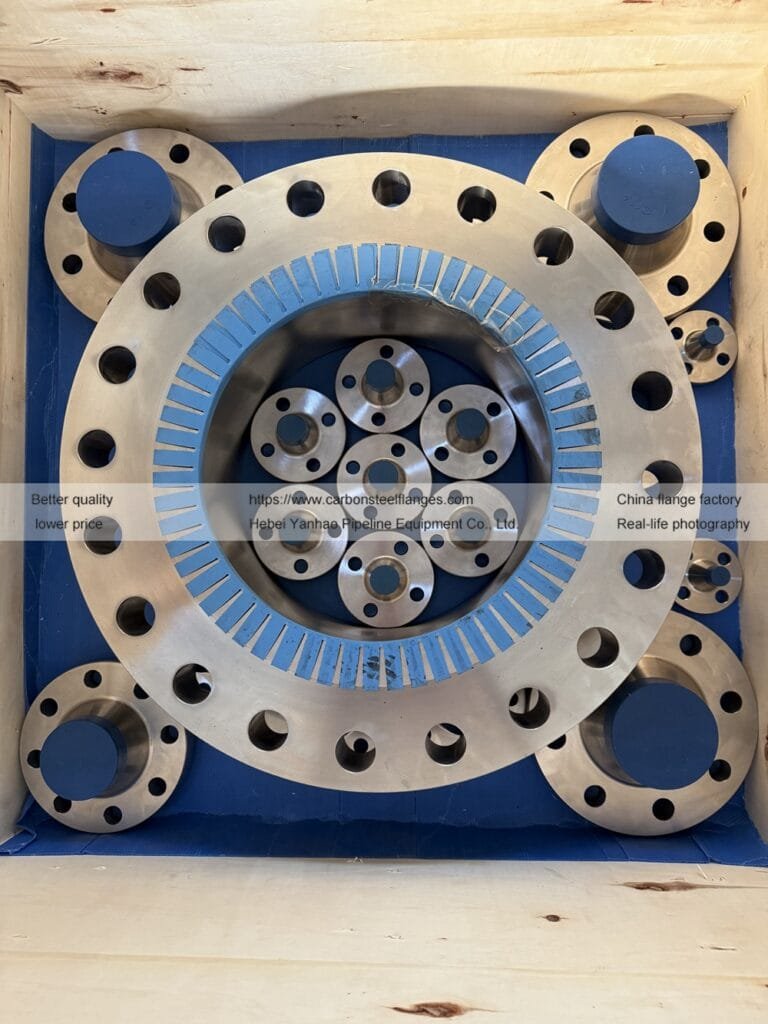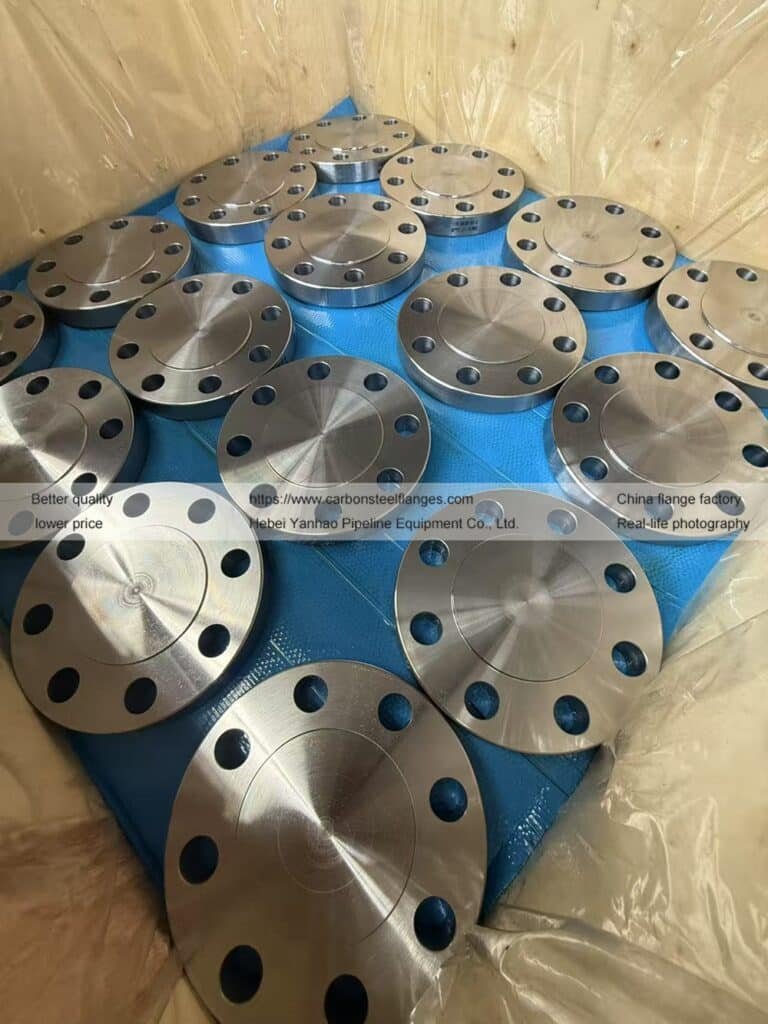Long Radius 90-Degree Elbow
YANHAO is a professional manufacturer, supplier, and exporter of elbows. The Long Radius 90-degree Elbows we produce comply with the ASME B16.9 standards. These elbows are made from carbon steel, stainless steel, or alloy steel materials and are manufactured through hot pushing, pressing, and socket welding to meet customer requirements. They can be connected to other pipes through welding neck flange, threaded flange, and socket weld flange.
- Types: Long Radius Elbow
- Degree: 90°
- Sizes: 1/2″ to 48″ NPS
- Material: Carbon Steel & Alloy Steel & Stainless Steel
- Production: Hot Pushing, Stamping, Socket Welding
90-Degree Long Radius Elbow dimensions
| Nominal Pipe Size (NPS) | Outside Diameter at Bevel mm (in.) | Center to end. A mm (in.) |
|---|---|---|
| 1/2 | 21.3(0.84) | 38(1.50 |
| 3/4 | 26.7(1.05) | 38(1.50) |
| 1 | 33.4(1.32) | 38(1.50) |
| 1 1/4 | 42.2(1.66) | 48(1.88) |
| 1 1/2 | 48.3(1.90) | 57(2.25) |
| 2 | 60.3(2.38) | 76(3.00) |
| 2 1/2 | 73.0(2.88) | 95(3.75) |
| 3 | 88.9 (3.50) | 114(4.50) |
| 3 1/2 | 101.6(4.00) | 133(5.25) |
| 4 | 114.3(4.50) | 152(6.00) |
| 5 | 141.3(5.56) | 190(7.50) |
| 6 | 168.3(6.62) | 229(9.00) |
| 8 | 219.1(8.62) | 305(12.00) |
| 10 | 273.0(10.75) | 381(15.00) |
| 12 | 323.8(12.75) | 457(18.00) |
| 14 | 355.6(14.00) | 533(21.00) |
| 16 | 406.4(16.00) | 610(24.00) |
| 18 | 457.0(18.00) | 686(27.00) |
| 20 | 508.0(20.00) | 762(30.00) |
| 22 | 559.0(22.00) | 838(33.00) |
| 24 | 610.0(24.00) | 914 (36.00) |
| 26 | 660.0(26.00) | 991(39.00) |
| 28 | 711.0(28.00) | 1.067 (42.00) |
| 30 | 762.0(30.00) | 1143(45.00) |
| 32 | 813.0(32.00) | 1219(48.00) |
| 34 | 864.0(34.00) | 1295 (51.00) |
| 36 | 914.0(36.00) | 1372(54.00) |
| 38 | 965.0(38.00) | 1448(57.00) |
| 40 | 1.016.0(40.00) | 1524(60.00) |
| 42 | 1.067.0(42.00) | 1600(63.00) |
| 44 | 1118.0(44.00) | 1676(66.00) |
| 46 | 1168.0(46.00) | 1753(69.00) |
| 48 | 1219.0(48.00) | 1.829(72.00) |
YANHAO typically uses the following elbow material grades:
These materials possess excellent abrasion resistance, corrosion resistance, and heat resistance, and can be widely used in the power, metallurgy, mining, and chemical industries for the transportation of sand, stones, coal powder, slag, aluminum liquid, and corrosive media. They are also suitable for high-temperature steam transportation pipelines, water-gas pipelines, and other transportation pipeline systems.
Long Radius Elbow
The curvature radius of the elbow can be divided into long radius elbow and short radius elbow. The radius of curvature of the long-radius elbow is equal to 1.5 times the outer diameter of the pipe, that is, R=1.5D; if it is greater than 1.5 times, it is an elbow.Long radius elbow is a commonly used elbow, usually used in pipelines with high pressure or high flow rate. If the resistance requirements of the transportation pipeline are strict, a larger radius elbow needs to be used.
According to different manufacturing methods, it can be divided into push elbow, extrusion elbow and welded miter elbow. Push elbows and squeeze elbows are commonly used on small and medium-sized pipes. Welded miter elbows are used on large-size pipelines. When the miter angle of the miter elbow is greater than 450, it is not suitable to be used on pipelines with highly toxic or flammable media, or withstand mechanical vibrations and alternating loads caused by temperature changes. on the pipeline


